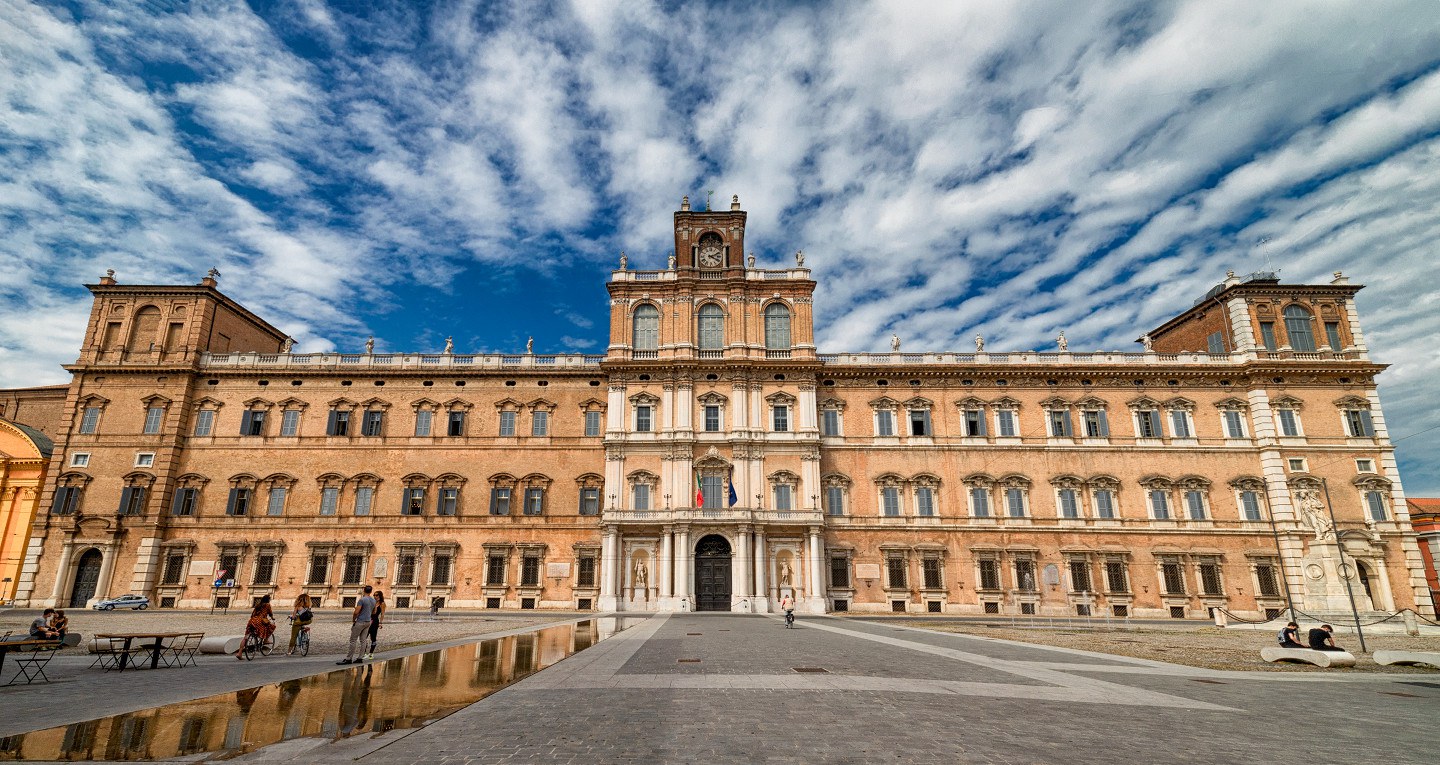THE “PARTECIPANZA AGRARIA” OF NONANTOLA
The “ Partecipanza Agraria” of Nonantola was established in 1058 throught the perpetual concession of woods, pastures and marshes that the Abbot Gotescalco granted to all the inhabitants of the village. Nowadays, this particular collective administration of plots of land, still assigned to the native “Nonantolani”, is composed of 765 hectars of agricultural land, of which 70 hectars are used as natural oasis ( woods and wetland area) in the north-east of the village.
The “Partecipanza Agraria” has its main hub in the old town of Nonantola city, in an important complex built in the northweast rampart of the ancient village walls:the “Old Residence”, where the Community of Nonantola was born, and the “ New Residence” that looks out over the so called “Roma Street”; it has a 18th-19th Century architecture, a probable renewal of a previous era building, maybe dated 14th-15th century.
The main façade of the New Residence is characterized by a large round arch entrance that introduces in the transit hall and in the inner courtyard.
The entrance leads to the garden, that proceeds from the old moats of the castle.
The Partecipanza Palace is so composed:
- SALA DEI GIURISTI ( Jurists hall): the ancient hall of the Community Audience Chamber and the current Council Hall of the Partecipanza, with a valuable painted cealing decorated by Mr. Bigoni, a Modenese painter of the 19th century;
- ARCHIVIO STORICO, the important Hystorical Archive that preserves all the documents of the “Ente” since 1850 up to the present day, and many different maps of the XIX century that witness the evolution of the agricultural landscape;
- The permanent exhibition that shows the story of the Partecipanza Agraria on explanatory panels divided for contents;
- The Acetaia with three series of barrels, offered by the “Partecipanti” and citizens of Nonantola for a didactic purpose as the vinegar that is kept inside.





